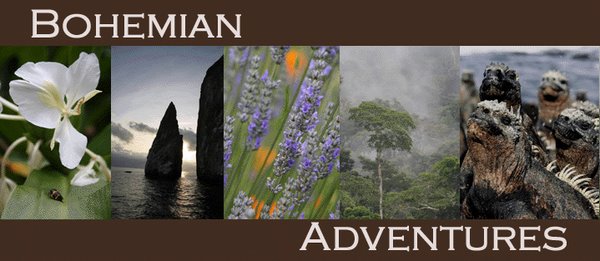 The other day I went to Houston Zoo's 'Princess Day' - to bring awareness to Houston toad (Bufo houstonenis) conservation. It was a benefit event where young girls could dress up like princesses and come and "kiss" toads in honor of the latest Disney movie The Princess and the Frog. These are some photos I took that day of the event and the toads. So cute! If you look close at the terrarium you can see one of the toads in the corner.
The other day I went to Houston Zoo's 'Princess Day' - to bring awareness to Houston toad (Bufo houstonenis) conservation. It was a benefit event where young girls could dress up like princesses and come and "kiss" toads in honor of the latest Disney movie The Princess and the Frog. These are some photos I took that day of the event and the toads. So cute! If you look close at the terrarium you can see one of the toads in the corner.
 Young kids are so amazing! It's like they're on a spiritual plane that is so close to God, so curious and genuine and intense and mystical and imaginative all wrapped into a cute little bundle.
Young kids are so amazing! It's like they're on a spiritual plane that is so close to God, so curious and genuine and intense and mystical and imaginative all wrapped into a cute little bundle. This toad was in the terrarium at Princess Day and is hidden in the sandy soil which is what they do in the wild. They prefer habitat with sandy soil.
This toad was in the terrarium at Princess Day and is hidden in the sandy soil which is what they do in the wild. They prefer habitat with sandy soil.
 A bullfrog skeleton.
A bullfrog skeleton.![]() Afterwards, I went to the quarantine facility again to take some more photos. These "mating" (technically amplexing) toads show the size difference between male and female.
Afterwards, I went to the quarantine facility again to take some more photos. These "mating" (technically amplexing) toads show the size difference between male and female. Toads have quite variable coloration, and it can change even on a single toad. I think that in breeding season they can become more colorful, like this reddish one, and cold temps make them darker (see below).
Toads have quite variable coloration, and it can change even on a single toad. I think that in breeding season they can become more colorful, like this reddish one, and cold temps make them darker (see below). This big ol' girl must be pretty darn cold!
This big ol' girl must be pretty darn cold!
If all goes as planned, I'll be heading on another bohemian adventure this weekend! I'm going with conservation biology professor Mike Forstner on surveys to listen and look for Houston toads calling in the moonlight (for the article I'm writing of course). They're found in Bastrop State Park and a few counties around there, and that's pretty much it, in all the world. And they're on a runaway train barreling down a broken track over the abyss.
Lucky for the toads, a brand new (last few years) head-start program atthe Zoo is going to do wonders for them, I think. Toads lay a lot of eggs, which make a lot of tadpoles (though fewer tads than eggs); they invest nothing in the offspring and most die. By taking eggstrands into captivity and raising them until they become juvenile or adult toads, they help many more survive than would in the wild. And then release them back where the eggstrand came from. This program is going to result in many more individuals in the wild, which will mean more will be available to breed to then make more toads. It's still a relatively new project, but very important in a species declining so rapoidly over the past 50 years, and continuing a decline despite Endangered Species Atc protection since 1970. Headstarting has been used for a couple other endangered species including Kemp's Ridley sea turtles (which I wrote about for Defenders Magazine - Surf's Up for These Sea Turtles) and the Plymouth redbelly turtle.







1 comment:
Cool event and pic's!
Post a Comment